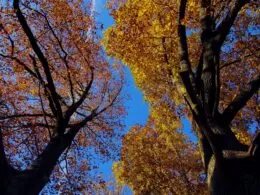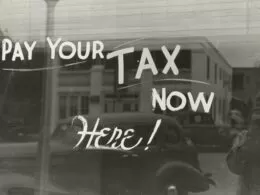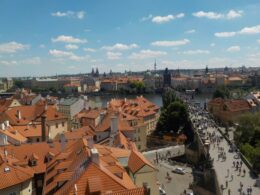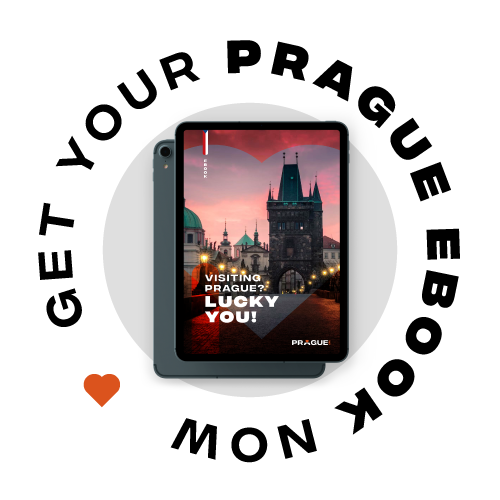Table of contents Show
The Czechoslovakia country formerly in Central Europe was rich in history, brimming in culture, and blessed with stunning natural scenery. Czechoslovakia may no longer be a single entity, but the Czech Republic and Slovakia, which it formerly comprised, continue to carry on the country’s traditions. Let’s dive into the diverse world of the Czechoslovakia country, examining its history, culture, and the breathtaking landscapes that distinguish this region.
After World War I, the region saw the birth of Czechoslovakia, a country that would go on to play a significant role in the area’s history. Tomá Garrigue Masaryk, the country’s first president, was a staunch advocate of freedom and equality for all people. Prague, the “City of a Hundred Spires,” was the capital of Czechoslovakia and is a living monument to the country’s historic legacy.
Discover the former Czechoslovakia Country
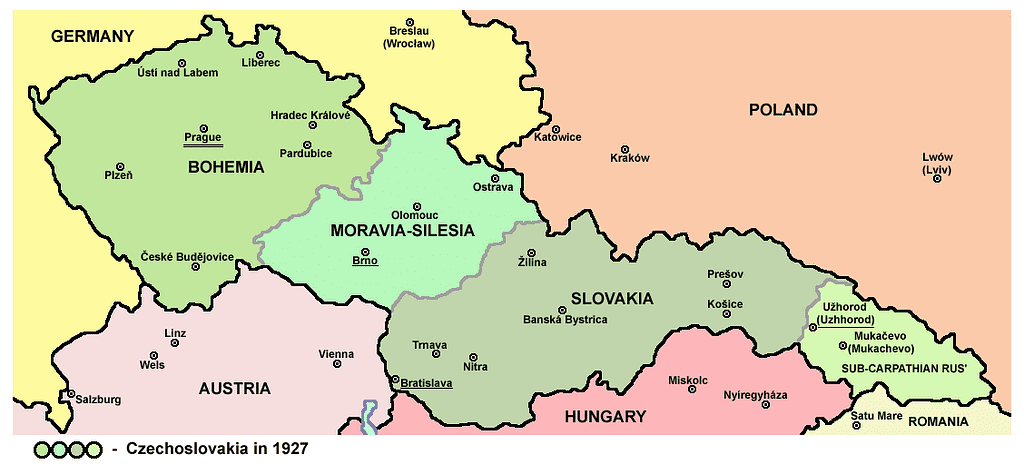
Both the Czech Republic and Slovakia have been independent since the peaceful breakup of Czechoslovakia in 1993. The two countries parted ways amicably, hence the name “Velvet Divorce,” and each went in a different direction while still keeping historical and cultural ties with the other.
Both the Czech Republic and Slovakia have developed their own unique histories and cultures, and they now exist as two distinct countries. While Czechoslovakia might now be a thing of the distant past, its legacy lives on via both these countries and the memories of a past period.
Getting Oriented in Czechoslovakia with the Country Map
Despite the fact that the Czechoslovak Republic as it was once known does not exist, the historical map acts as an indication of the geographical and cultural variety of the country. Those fascinated by the country’s rich history and the relics it left behind can use the Czechoslovakia country map as a helpful guide.It includes:
Position on the Map
The Czechoslovak Republic was centrally located in Europe. It was completely surrounded by land: to the west was Germany, to the south was Austria, to the south was Hungary, to the north was Poland, and to the east was the Soviet Union.
Capital and Other Major Cities:
Where is Prague? Prague is in the nation’s western region and served as Czechoslovakia’s capital throughout that era.
There were also significant urban centers such as Bratislava (now the capital of Slovakia), Brno, Ostrava, Košice, and Plzeň.
Mountain Ranges
The Carpathian Mountains, located in eastern Slovakia, were just one of many mountain ranges in the entirety of the nation.
The Sudeten Mountains served as the de facto boundary between Czechoslovakia and Germany.
Rivers and other waterways
One of the country’s most important rivers was the Vltava (Moldau), which flowed right through the heart of Prague.
The Morava River served as a de facto border between Czechoslovakia and Austria, as well as between Slovakia and Austria.
Cultural and Historical Attractions
Prague Castle, the popular Charles Bridge, and the stunning Old Town Square were among the city’s most famous cultural landmarks included on the map.
In Bratislava, the capital of Slovakia, visitors could see Bratislava Castle and the Old Town.
Exploring the Diverse and Vibrant Culture of Czechoslovakian People
The merging countries of former Czechoslovakia, combined with contributions from diverse ethnic groupings, formed a unique cultural blend. Let’s have a look at the things that made Czechoslovakian people unique:
Language and the Variety of Languages
Slovak and Czech were recognized as official tongues. Those in the western portion of the country used Czech, a West Slavic language, while those in the eastern part of the country used Slovak, an East Slavic language.
Germans and Hungarians are just two examples of the ethnic minorities that enriched the region’s already rich linguistic landscape.
The Visual Arts and Buildings
The cultural history of Czechoslovakia was renowned. Beautiful examples of Gothic, Baroque, and Renaissance architecture made Prague a center of art and learning.
Artistic pioneers like Alphonse Mucha and František Kupka of the Czech Republic garnered acclaim for their groundbreaking artworks.
Music and Dance
The music of the Czechs and Slovaks was an integral part of their culture. Antonín Dvořák and Bedřich Smetana are only two examples of composers who left an indelible mark on classical music.
Traditional music and dance were important cultural expressions in Slovakia.
Literature and Authors
Literature in the Czech and Slovak republics thrived, with renown authors such as Franz Kafka, Milan Kundera, and Jaroslav Hašek .
The complicated Czechoslovak identity was often reflected in the country’s literature.
Classical Dishes
The traditional Czechoslovak meals were filling and savory. Goulash, schnitzel, roast pork, dumplings, and sauerkraut were among the menu items.
Beer was a popular beverage, and the nation at large was renowned for its great beer culture.
Unveiling the Hidden Gems of Former Czechoslovakia’s Countries
Despite the fact that the country has split in two, these magical artifacts can still be found in both of the new countries. Let’s shine a light on some of the Czech Republic and Slovakia’s best-kept gems:
Ceský Krumlov, Czech Republic
Ceský Krumlov, in the heart of South Bohemia, boasts a historic district that has been designated a World Heritage Site by UNESCO.
Check out the beautiful gardens and courtyards at the Ceský Krumlov Castle as you stroll its picturesque streets and take in the vibrant buildings.
High Tatras, Slovakia
Hikers and skiers alike will find paradise in the High Tatras mountains of northern Slovakia.
Visit Štrbské Pleso, a glacier lake encircled by the High Tatras’ harsh beauty.
Explore the picturesque Slovak settlements tucked away in the surrounding mountains.
Karlovy Vary, Czech Republic
Karlovy Vary is a wellness town in Western Bohemia, famous for its thermal springs.
Enjoy the colonnades and the tranquility of the Teplá River during a stroll.
Take a sip of the mineral water in the spa and relax.
Spiš Castle, Slovakia
Spiš district in eastern Slovakia is home to Spiš Castle, which is among the largest castle structures in Europe.
Discover the remnants of the castle while taking in the picturesque landscape.
Explore Spišská Kapitula, a picturesque village with medieval churches and narrow lanes.
Telc, Czech Republic
Telc, located in the Vysoina area, is a quaint town that is on the UNESCO World Heritage list.
Explore the town square and marvel at the well-preserved Medieval and Baroque buildings.
See the beautiful gardens at Telc Castle.
National Park of the Slovak Paradise, Slovakia
Hikers and environment enthusiasts will find their dream destination in Slovak Paradise National Park in eastern Slovakia.
Discover the park’s hidden nooks and crannies as you make your way across wooden ladders and bridges and past cascading waterfalls.
Dobinská Ice Cave is a UNESCO World Heritage Site and should not be missed.
Olomouc, Czech Republic
In Olomouc, the center of Moravia, stands the stunning Holy Trinity Column, a World Heritage Site.
The town’s history, Baroque buildings, and thriving culture are all waiting to be explored.
Take a leisurely stroll through the beautiful Smetana Gardens.
Spis Castle in Slovakia
Spis Castle, a UNESCO monument, is a stunning ruin dominating the village of Spišské Podhradie.
Explore its turrets and hallways for a taste of the Middle Ages and the breathtaking vistas of the countryside.


